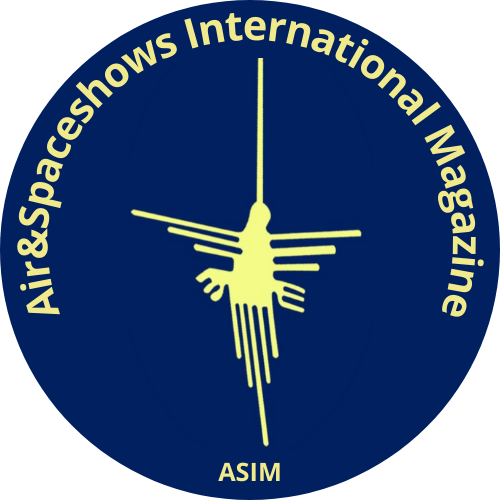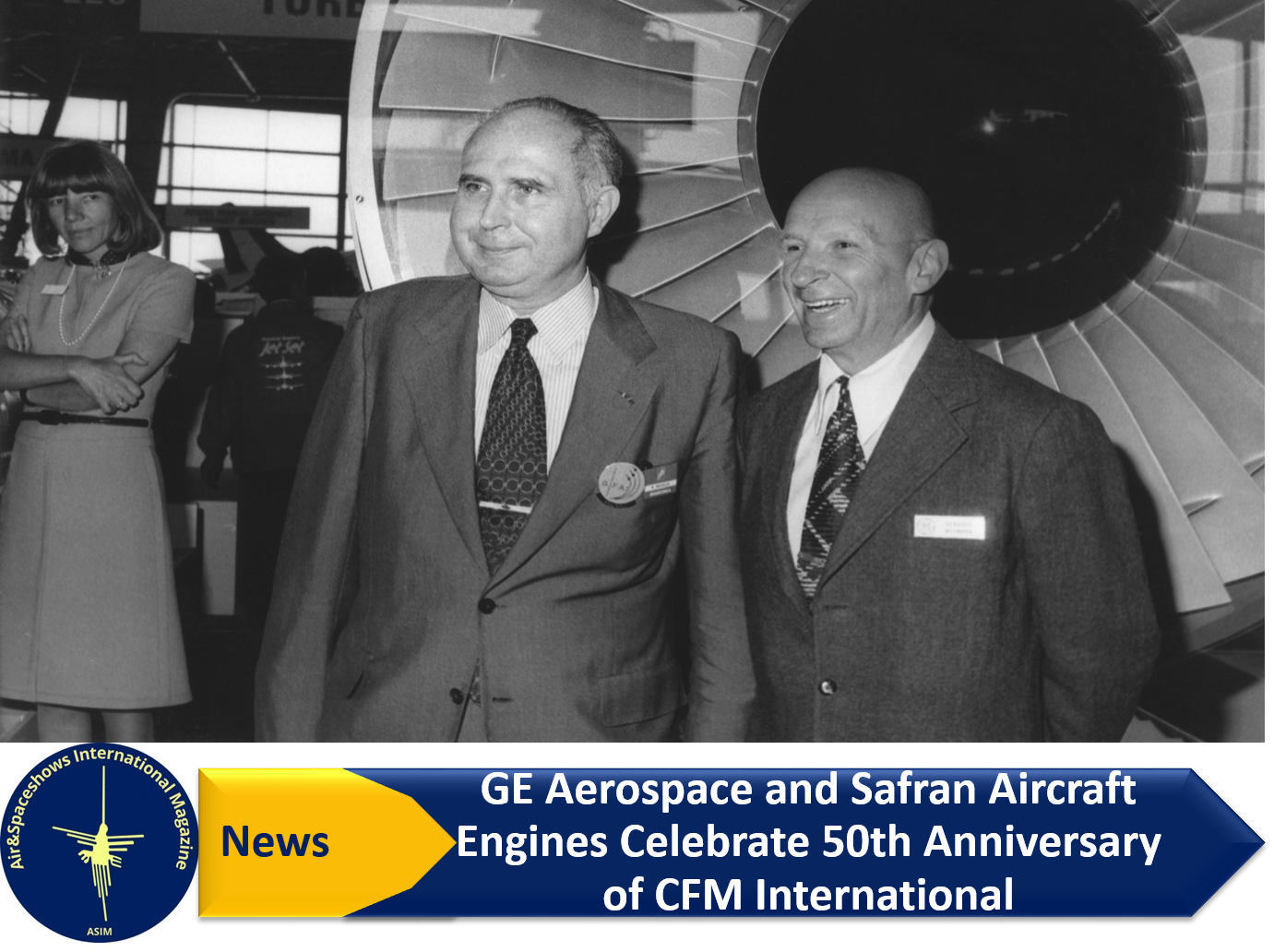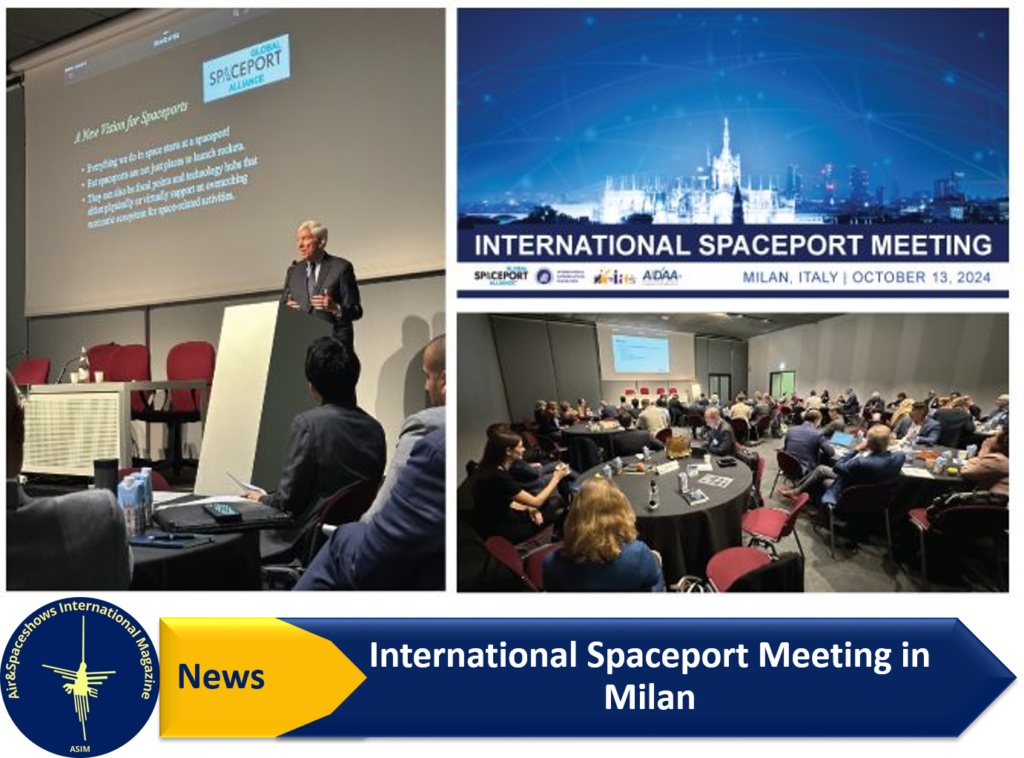ASIM, oct 03
In 1974, GE Aerospace and Safran Aircraft Engines established CFM International, a 50-50 joint venture aimed at revolutionizing commercial aircraft engine manufacturing. Fifty years later, CFM celebrates over 1.3 billion engine flight hours with its CFM56 and LEAP engine families, highlighting its status as a leader in reliability and durability. The CFM56 powers more than 14,650 aircraft globally, while the LEAP engines, now maturing with impressive reliability rates, have been ordered over 54,000 times since the company’s inception.
The partnership’s origins trace back to a 1970 meeting at the Ritz-Carlton Hotel in Boston, where executives from both companies discussed collaborating on a new turbofan engine. This alliance was further solidified through a revenue-sharing arrangement in the late 1960s, where Safran provided parts for GE’s CF6 engines. By 1974, after overcoming governmental hurdles and with presidential support, the formal agreement for CFM International was signed, marking a significant milestone in aviation history.
Throughout the years, CFM faced challenges but achieved critical successes. The CFM56 engine saw initial orders in 1979, providing a lifeline just before the program was set to be suspended. It quickly became the engine of choice for various aircraft, including the KC-135 tanker and Boeing’s 737-300. By the early 1980s, the CFM56-2 entered service, and subsequent models like the CFM56-5A and -7B solidified CFM’s reputation, contributing to record-breaking operational milestones.
In recent years, CFM has focused on sustainability through the Revolutionary Innovation for Sustainable Engines (RISE) program, aiming to reduce fuel consumption and carbon emissions by at least 20%. With over 250 tests completed, CFM is positioned to lead the industry in achieving net-zero carbon emissions by 2050. As CFM celebrates its 50th anniversary, its commitment to innovation and sustainable aviation remains at the forefront of its mission.





